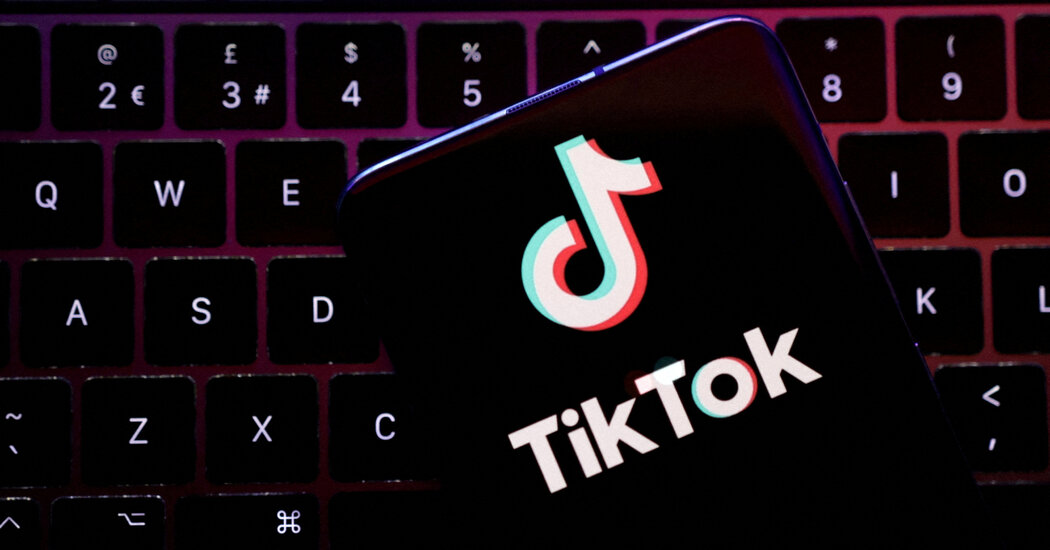Kansas City Shooting Is Latest Violence to Mar a Sports Celebration
Last June, 10 people were shot during celebrations on the night the Denver Nuggets won the National Basketball Association title. In 2019, four people were shot at the N.B.A. championship rally for the Toronto Raptors. Two men were shot and killed in a Los Angeles suburb during a celebration of the Dodgers’ World Series victory in 2020.
This week brought the latest example of violence marring a celebratory sports moment. On Wednesday, shots rang out at the end of a Super Bowl victory parade in Kansas City, Mo., leaving one woman dead and at least 22 people injured. The bloodshed led Kansas City’s mayor, Quinton Lucas, to question whether the city would have another parade if the team won again.
“If we’re blessed enough to win a Super Bowl again, do we do this again?” Mr. Lucas asked during an interview with KMBC, a local news station. “Or do we all just say, ‘Go to Arrowhead Stadium, walk through metal detectors’ — have a very secured, vastly smaller event?”
The vast majority of sporting events and championship celebrations take place without any overt violence. But some high-profile instances in recent years have led to a growing unease among some that sporting events are becoming less safe. Though there is little available data on the exact number of violent incidents in and around sporting events each year, researchers say several factors contribute to this feeling.
One is the sheer number of people involved. A typical N.F.L. game, for instance, attracts around 70,000 spectators. Larger crowds naturally increase the number of interactions that can lead to violence, said Tamara Herold, a professor of criminal justice at the University of Nevada, Las Vegas, who studies crowd control and violence at sporting events.
“Crowd density tends to matter quite a bit,” Dr. Herold said.
The N.F.L. has a security presence at its official events like games, including the Super Bowl and the Pro Bowl, and the annual draft, with a “control center” that monitors the venue and even online conversations to react quickly to disturbance. Those events are also held in venues with security checkpoints that screen for firearms.
But parades and other championship celebrations are not official league events. The parade in Kansas City, for instance, went through the heart of the city, and attendees did not need to pass through any security checkpoint.
The availability of alcohol, extreme heat or cold, and even the importance of the game in question (say, a Game 7 of the World Series) can also be aggravating factors for violence, Dr. Herold said.
Stephen Billings, a professor at the University of Colorado’s business school who studies crime, said the fact that more aggressive behavior was taken for granted at sporting events — where people are often drinking alcohol and screaming — might contribute to such outbursts, too.
“When the norms are different than the typical norms in society, and people feel like they feel the right to do something, that’s when we have conflict, too,” he said.
And the effects can spill over beyond the venues. Research from Dr. Billings found that violent crime increased within a half-mile of venues in Charlotte, N.C., between 2005 and 2009 on game days compared with days when there were no games.
Over a four-year period, regular-season games in the National Hockey League were associated with an approximately 10 percent increase in assaults in the host cities, according to research from Kristina Block, a doctoral student at Sam Houston State University. More research from Ms. Block, written with Jacob Kaplan, a researcher at Princeton University, found a 7 percent increase in local public disorder crimes during home playoff games in the N.H.L.
Steven Block, a professor of criminology at Central Connecticut State University, examined roughly 60 incidents of fighting among fans at stadiums in North America in a 2017 paper. Often, the fights stemmed from rival team allegiances, involved alcohol and were defused by other spectators, not stadium security.
Dr. Block also emphasized the role of density.
“Just because of the sheer numbers, people might not feel like there’s security,” he said. “They feel they’re on their own, both to act aggressively and defend themselves.”
After the Boston Marathon bombing in 2013, cities heightened surveillance and began sharing more information about how to prevent another attack. But those efforts were focused on threats of terrorism, not the kind of violence that erupts spontaneously.
Nonetheless, Dr. Herold emphasized that the vast majority of sporting events were safe, and that the violence that Americans did hear about was the exception.
“These things, when they do happen, are tragedies,” she said. “But they are still relatively rare events.”


